PDF-Monthly Labor Review
Author : alexa-scheidler | Published Date : 2015-09-17
Work HoursThe overestimated workweek revisitedData from the American Time Use Survey ATUS and a Belgian national survey using weekly diaries indicate that when asked
Presentation Embed Code
Download Presentation
Download Presentation The PPT/PDF document "Monthly Labor Review" is the property of its rightful owner. Permission is granted to download and print the materials on this website for personal, non-commercial use only, and to display it on your personal computer provided you do not modify the materials and that you retain all copyright notices contained in the materials. By downloading content from our website, you accept the terms of this agreement.
Monthly Labor Review: Transcript
Download Rules Of Document
"Monthly Labor Review"The content belongs to its owner. You may download and print it for personal use, without modification, and keep all copyright notices. By downloading, you agree to these terms.
Related Documents

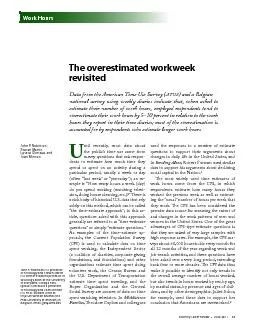

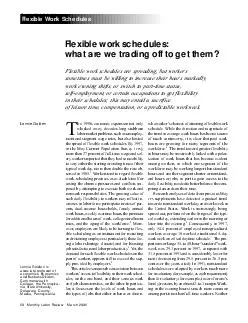
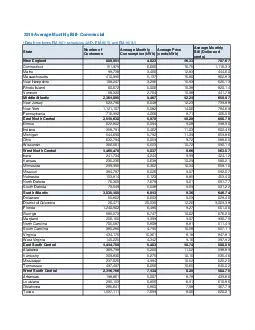

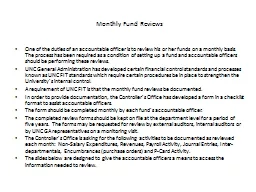
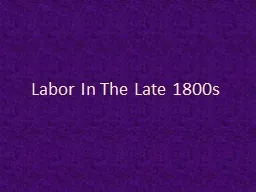
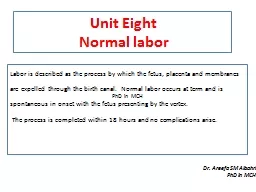

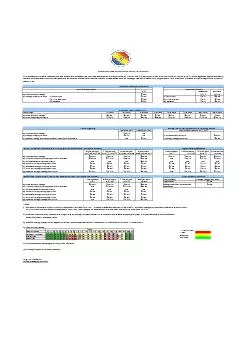
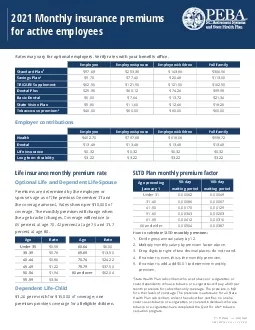
![[READ]-2022-2026 monthly planner: At a Glance 60 Months Monthly Weekly Large Schedule](https://thumbs.docslides.com/987057/read-2022-2026-monthly-planner-at-a-glance-60-months-monthly-weekly-large-schedule-organizer-5-years-calendar-2022-2026-monthly-planner.jpg)